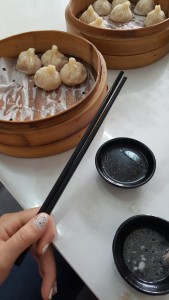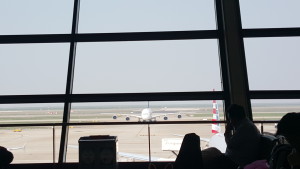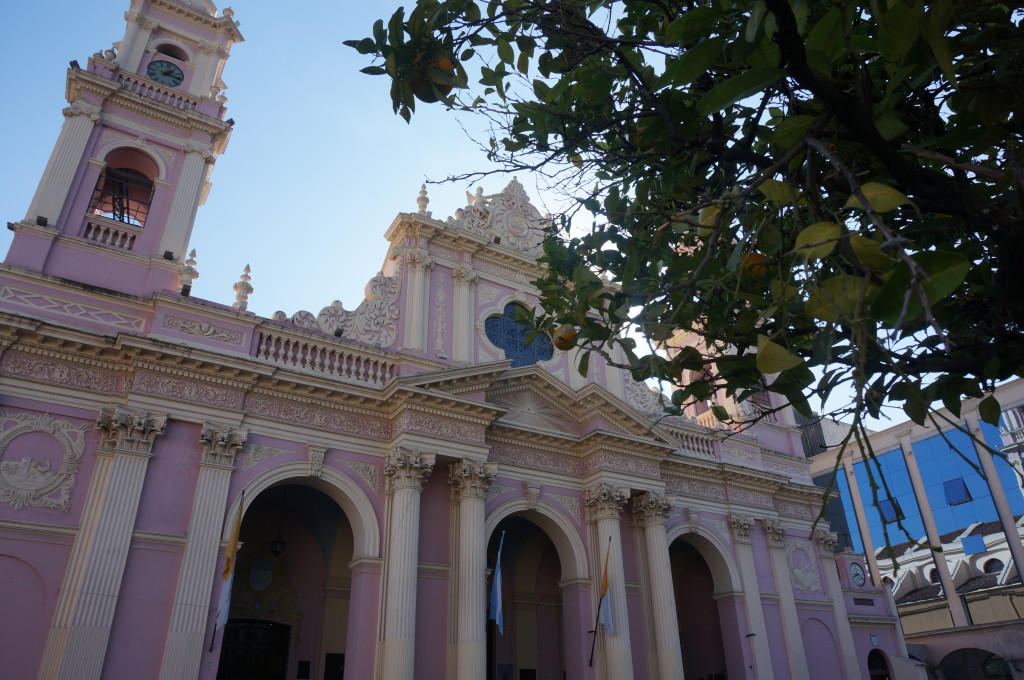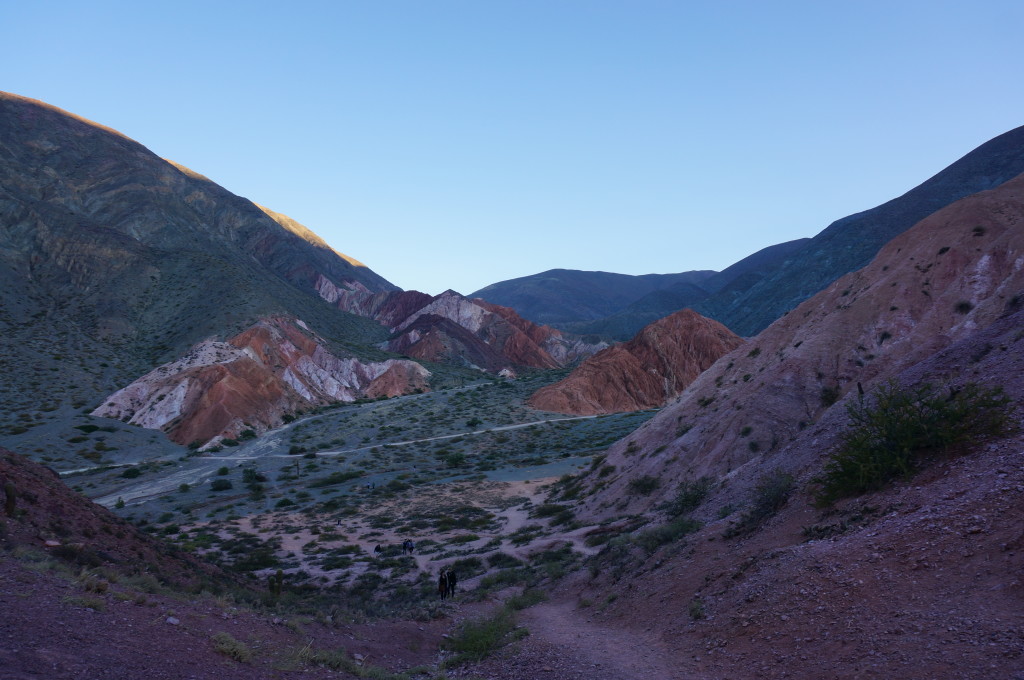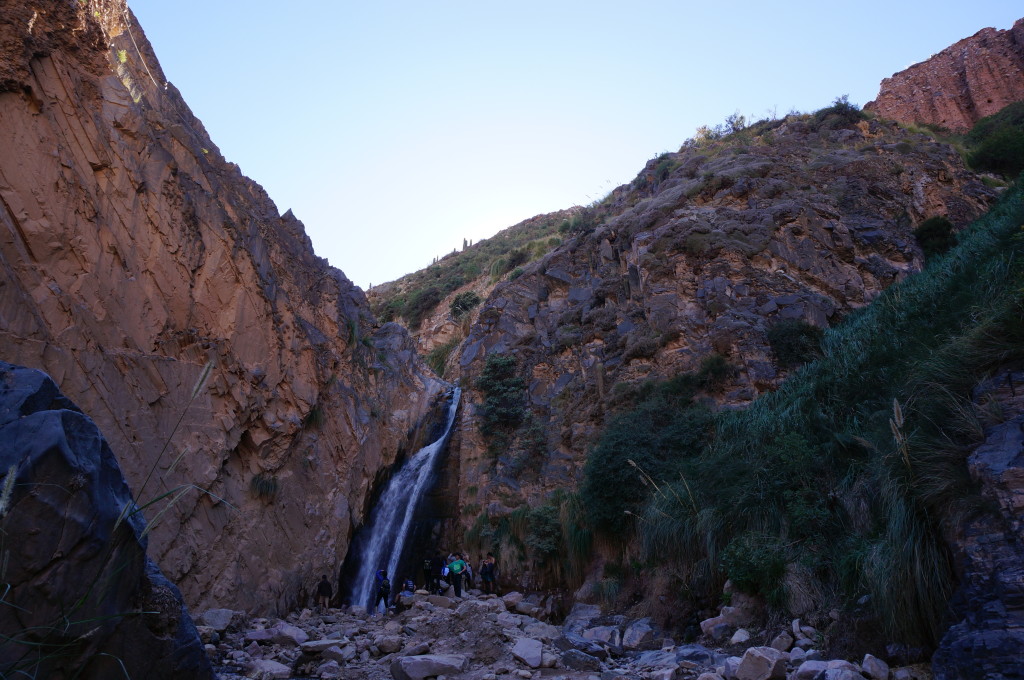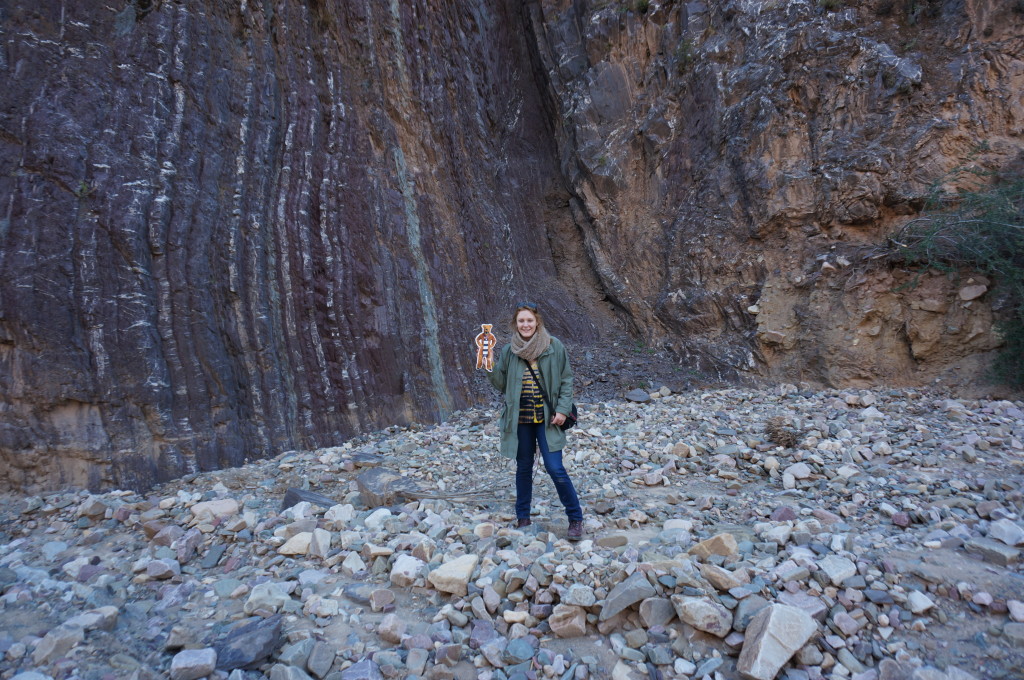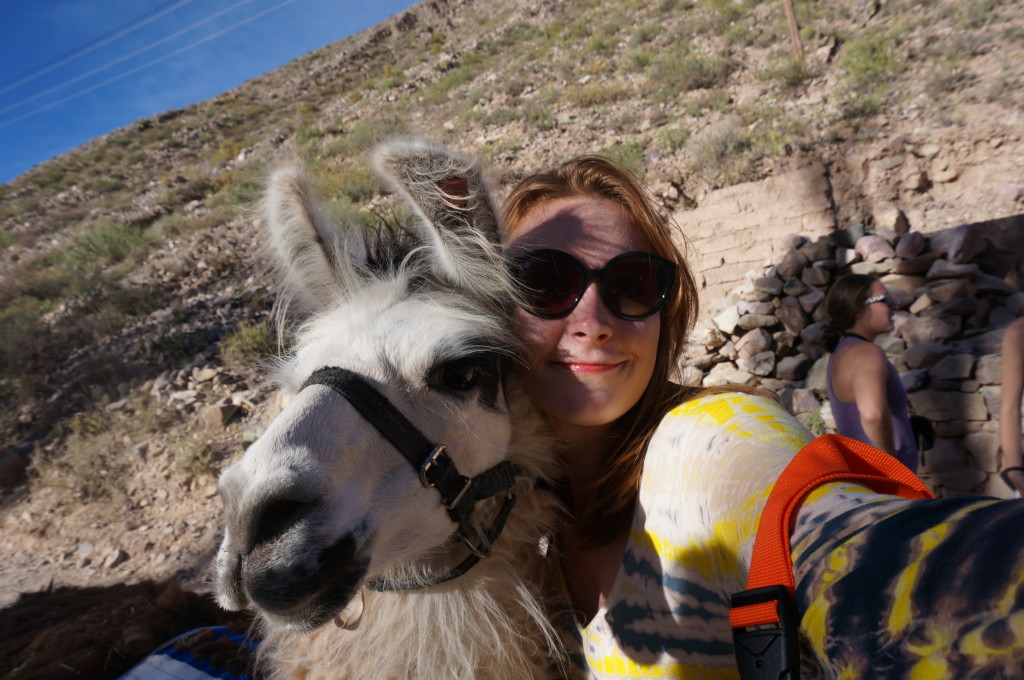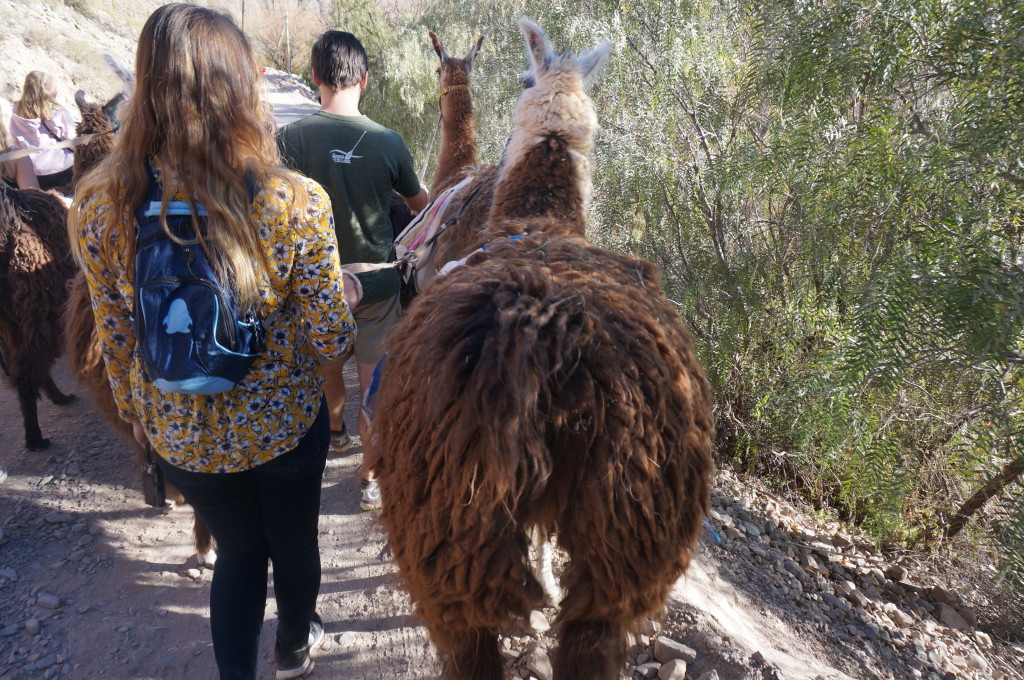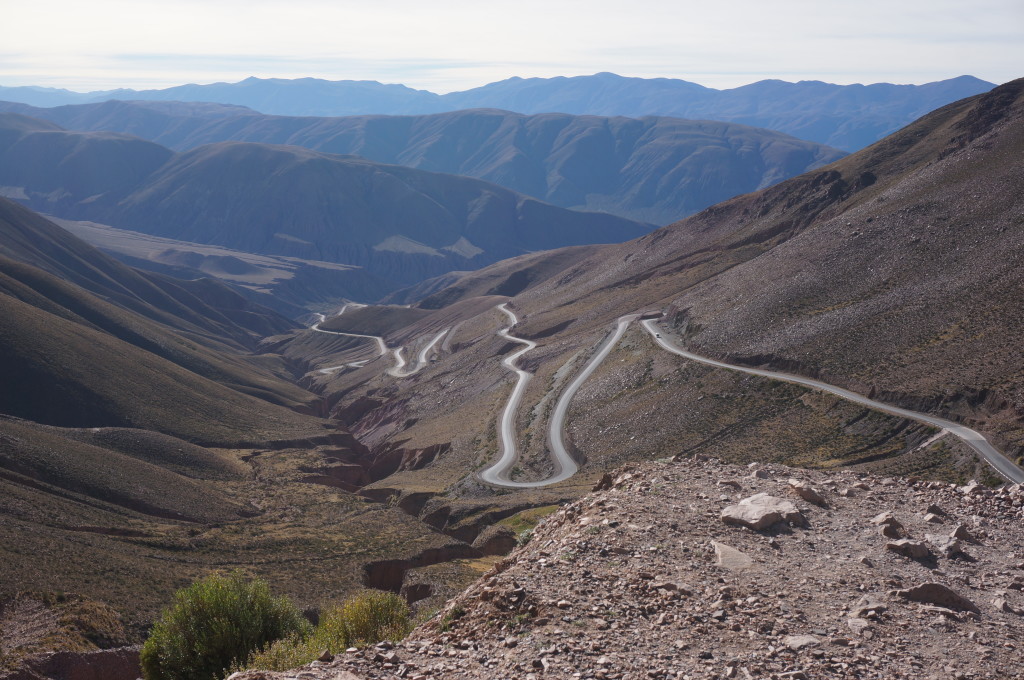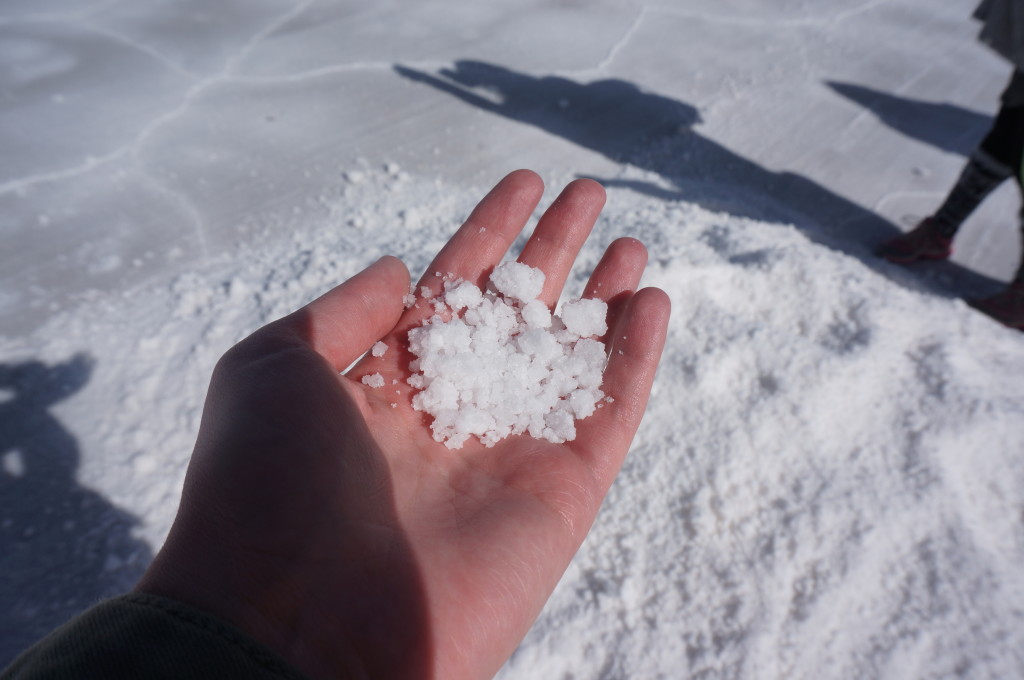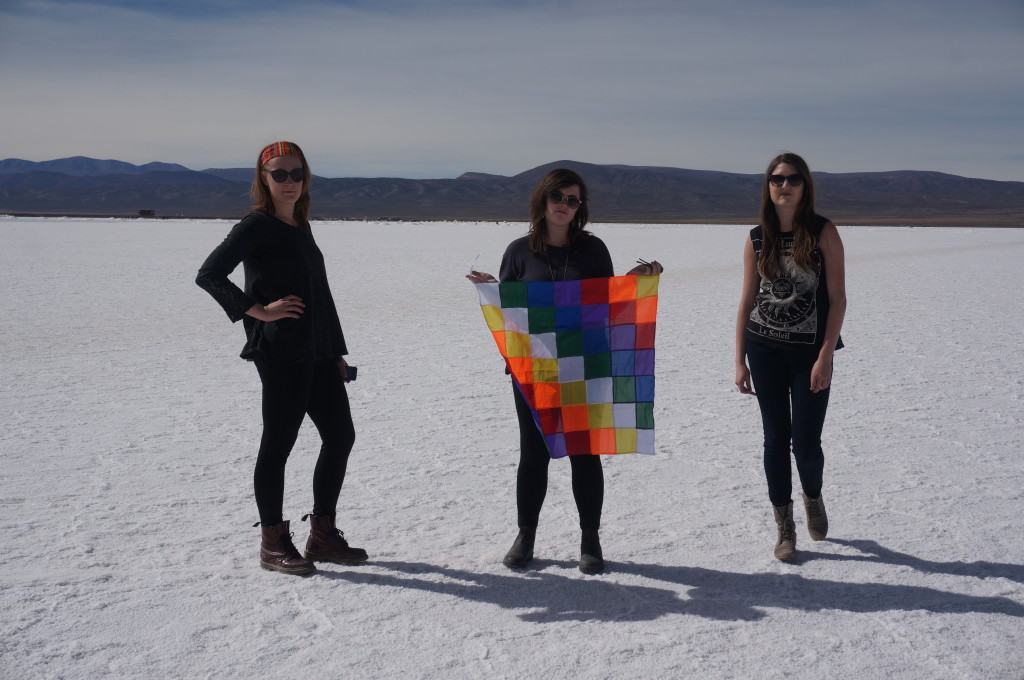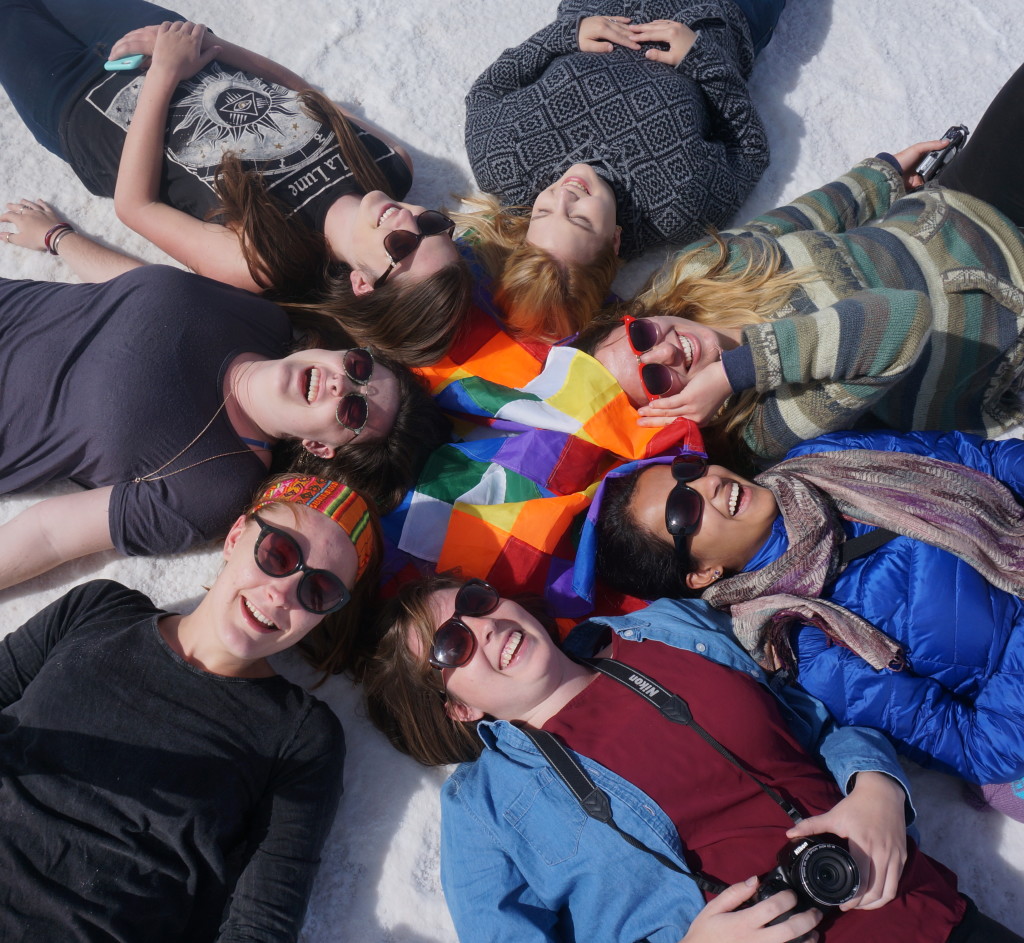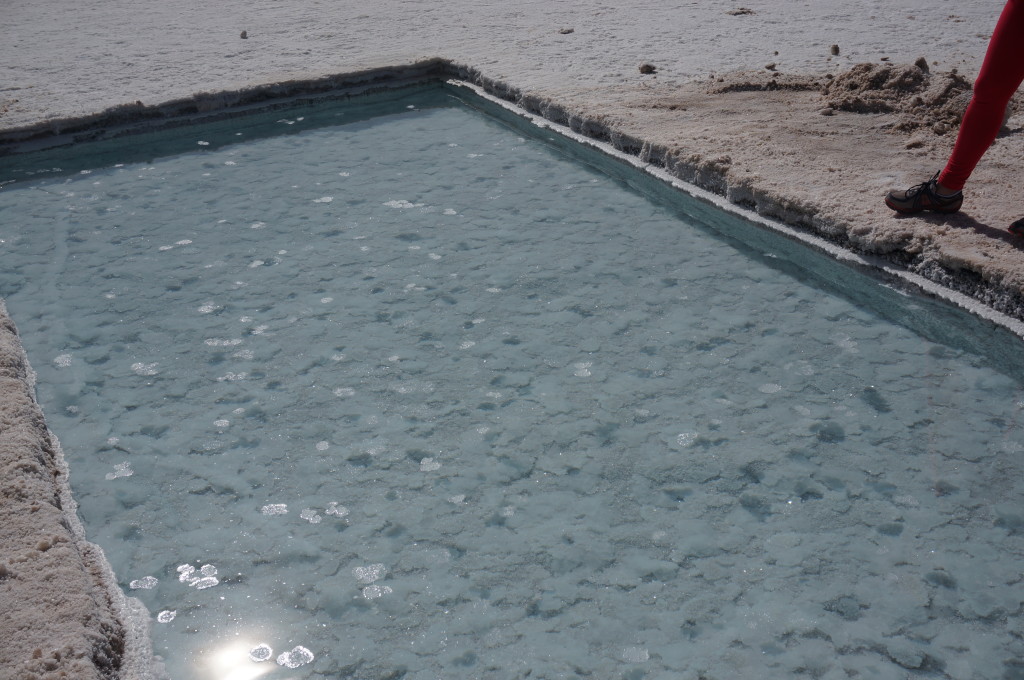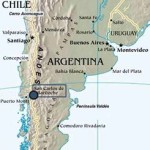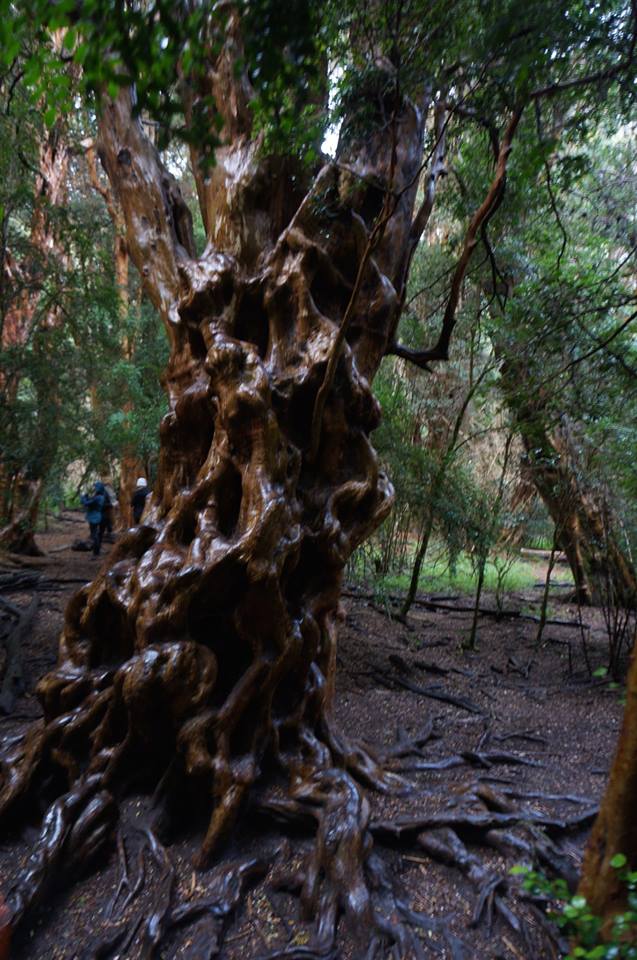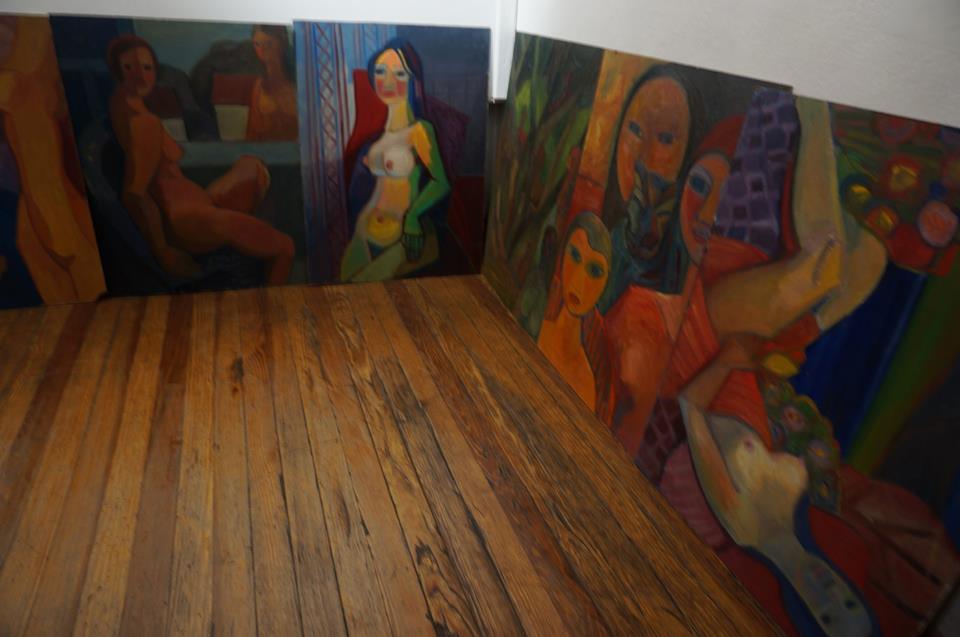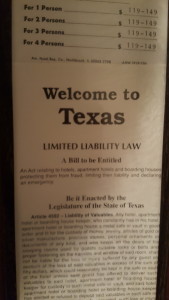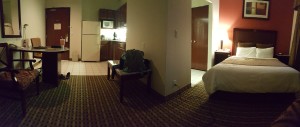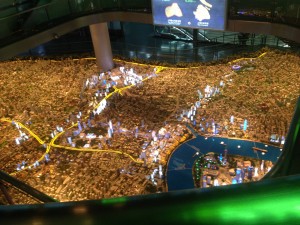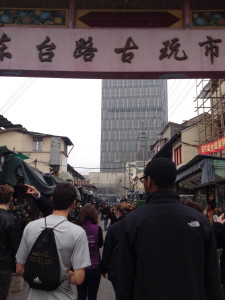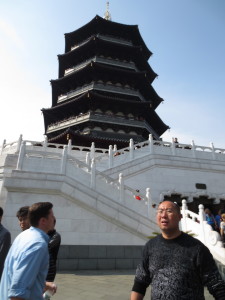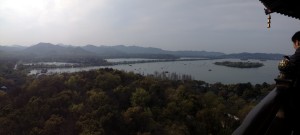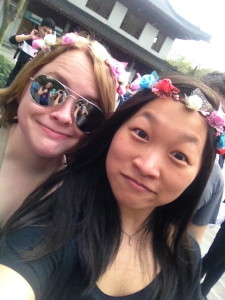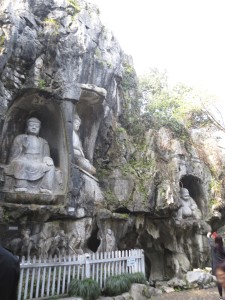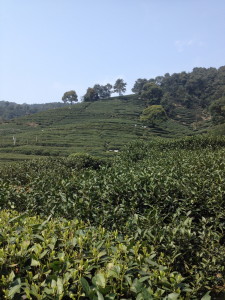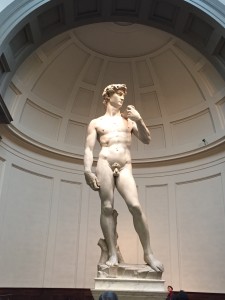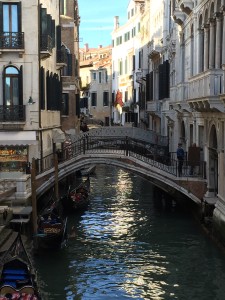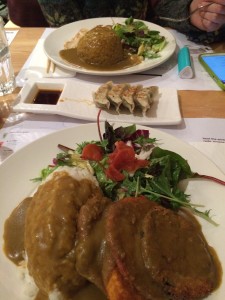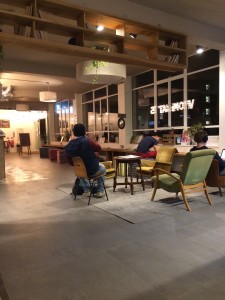On my last full day in China, I woke up and walked down the street to get some juicy dumplings. I ate 10 dumplings and only paid $2.00. I will definitely miss the great food here. If I could, I would take dumplings back to the United States with me.
After my dumpling brunch, I walked around and did a little shopping. I wanted to spend most of the remaining money I had, so I bought a few more souvenirs for my friends and family.
At that point, it was time to take the final exam. Once I finished the exam, I posted a blog…a day late (oops!) and then I hung out for a little while.
We then walked a block or so away from our hotel to meet Chinese students who will be attending Penn State in the fall. I really like meeting with students because they give us insight into many things that we are curious about, and we are able to do the same for them as well. I paired up with a girl named Meg and we talked for a while about campus and how she decided to go to Penn State. In China, and even other countries now, there is a very popular app called WeChat that is used for communication. Most of the time when I meet someone new I will add them on WeChat so we can easily stay in touch. You can send messages through it, make phone calls, video chat and much more as long as you have WiFi or are connected to cellular data. It is pretty amazing to know that I met people from all over the world while in China and I can stay in touch with them so easily.
After meeting with all of the incoming students, we went to another room to share our personal reflections about the program. Everyone went around and we talked about many things. A lot of people mentioned their favorite parts of the trip or the most exciting things they learned. Many students talked about different events that gave them a culture shock and others talked about how much they learned from the program. It was great to gather and talk about all that we had experienced over the past month and be able to spend some time together as a group before leaving each other.
We have all grown so close. We have essentially been stuck with each other for the past month – if you want to call it that. We have traveled for hours on end with each other, had each other’s backs when we were walking through sketchy areas, helped each other finish food when we didn’t think we could eat anymore, not get hit by a car (or moped), and most importantly we have helped each other grow.
Going to China and experiencing it in this setting has been an extremely humbling experience. There were times when I could not communicate what I wanted to others. There were times when I was definitely lost, but I always found my way back. There were times when I realized how lucky I am in so many aspects of life. I learned so much from the people of China, but I also learned so much from everyone who was with me throughout this entire journey. I know that I saw amazing wonders that I will never forget, but I also know that I made memories and friends that will last me a lifetime.
For anyone reading this, whoever you are, wherever you are, and however old, young, strong, or scared you may be, I would encourage you with all my being to go somewhere new. Going to China was something I had dreamed of, and I think that made my experience so much more valuable. My expectations were not that high coming into the program, but if they were, they would have been exceeded in unimaginable ways. Going abroad and being outside of my comfort zone helped me learn so much. I learned things that you really can’t be taught in any way other than through experiencing them. I would definitely go abroad again for this reason alone.
Going back home is bittersweet. I learned so much while in China that it is hard to leave, but I know I will always be able to take what I learned with me. I might not have my juicy dumplings anymore, but I will always have the new knowledge I have gained.
I’ll miss so much, and I won’t miss so much. Me and China will probably always have a love hate relationship, but if I am lucky enough to be given the opportunity to go back, I would definitely take it.
From somewhere over the Pacific, I hope you all enjoyed my blog! Go to China and get the juicy dumplings!!
Location: THE OCEAN


